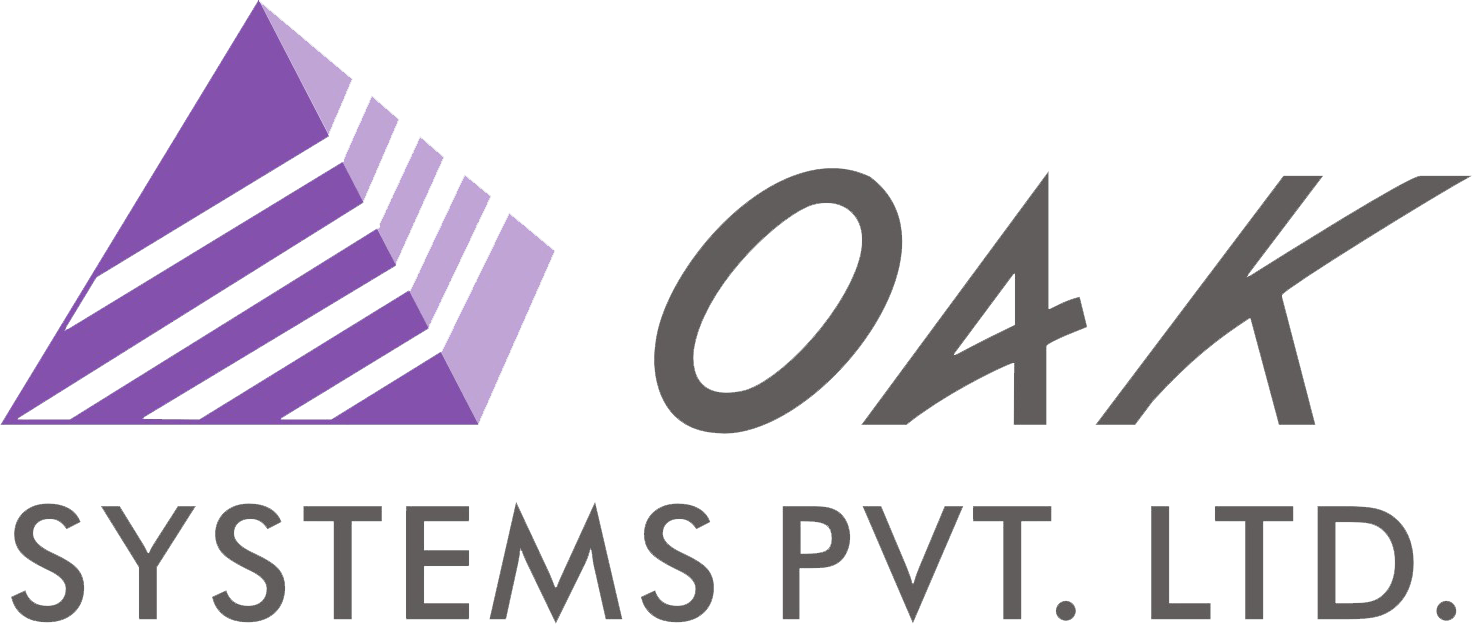Developing the Test Strategy

The test strategy should be such that it gives the highest level of confidence in the tested product for the given objective while trying to keep the cost of the testing at the lowest.
Some of the known things that are incorporated in Test Strategies include:
* Earlier a bug is detected, the cheaper it is
* Splitting the testing into smaller parts and then aggregating ensures a quicker debug and fix cycle
* Bugs found in critical functions mean more time to fix
The major steps to developing a Test Strategy are:
Step 1: Determine the objective and scope of the test.
Step 2: Identify the types of tests required to achieve this (UT, IT, ST and AT)
Step 3: Based on the external and internal risks, add, modify or delete processes
Step 4: Plan the environment, test bed, test data and other infrastructure
Step 5: Plan the strategy for managing changes, defects and timeline variations
Step 6: Decide both the in-process and the post-process metrics to match the objectives
The typical Test Strategy should document the entire thought process and the final solution. It should contain the following sections:
* Objectives and scope of testing
* Business Issues and risks affecting testing
* Testing Approach
* Test environment specification
* Test automation requirements
* Roles and responsibilities / escalation Mechanism
* Defect management
* Communication and status reporting
* Risks and mitigation plans
* Change / configuration Management
* Test metrics
Finally, a Test strategy is only as good as the thought process behind it. It is very essential that strategists understand this and not jump in to test details before the bigger picture is first understood and planned for.
Source : “Software Testing – Effective Methods, Tools and Techniques“ book authored by our director, Mr Pradeep Oak and published by McGraw Hill.






